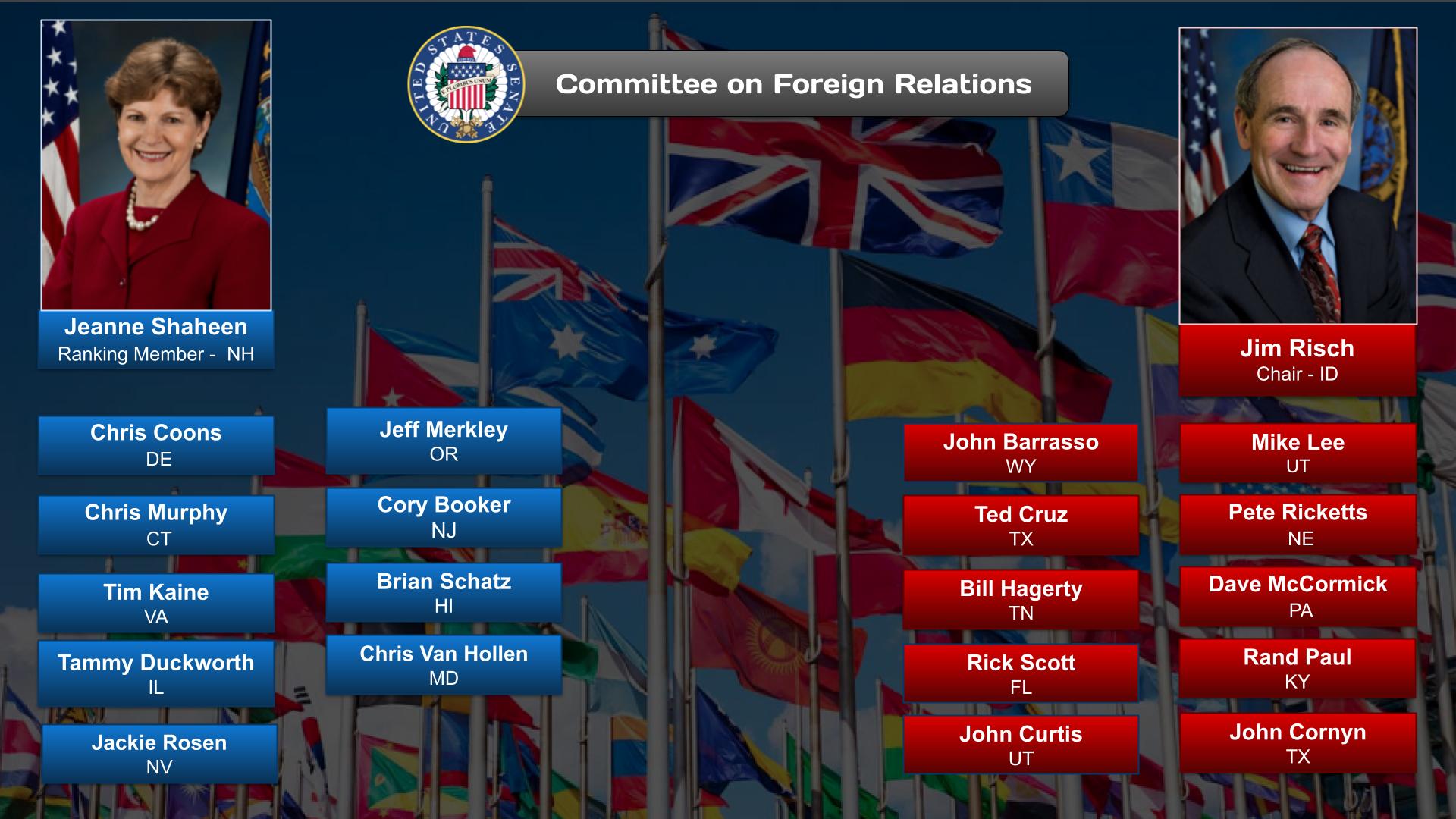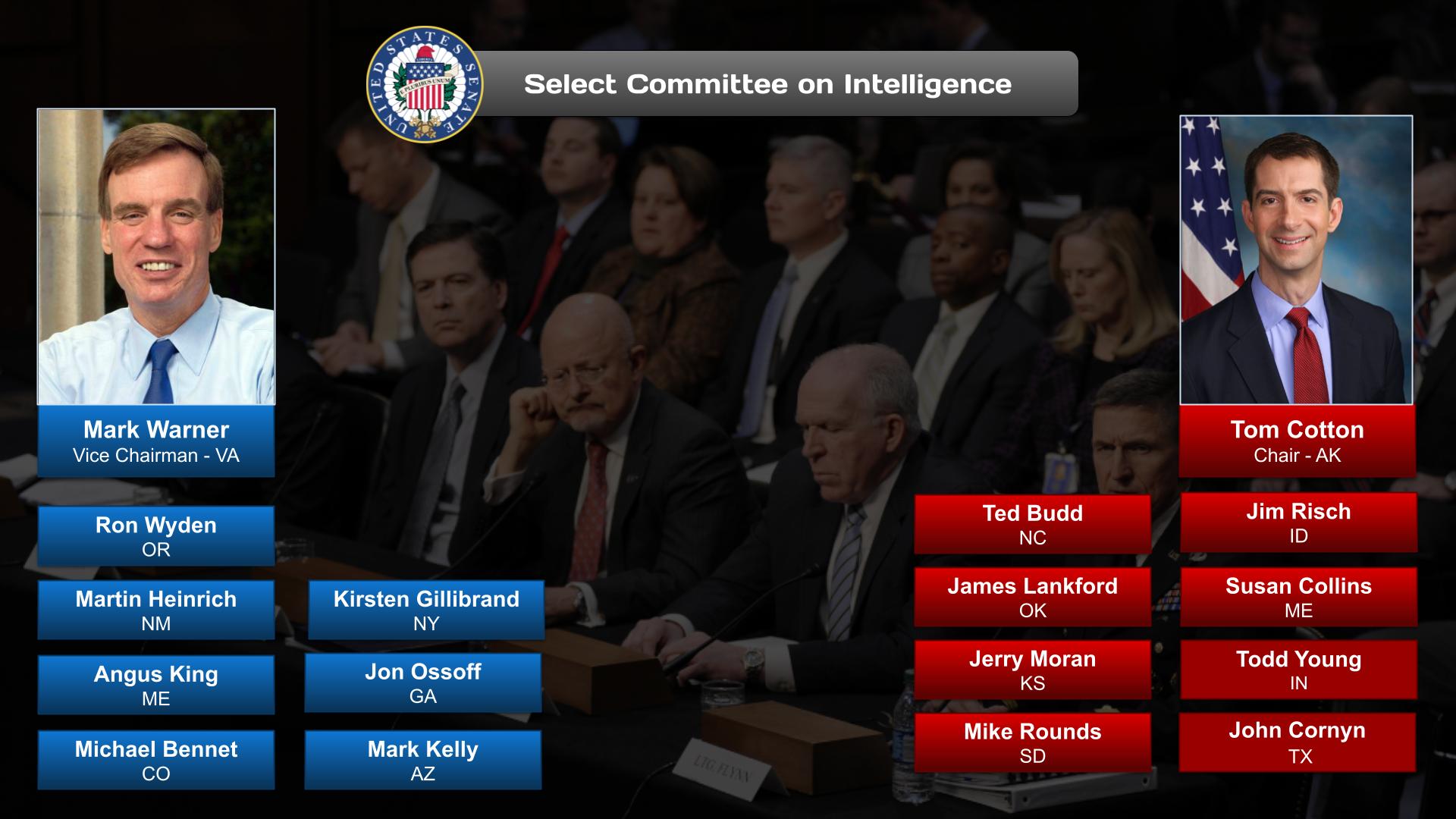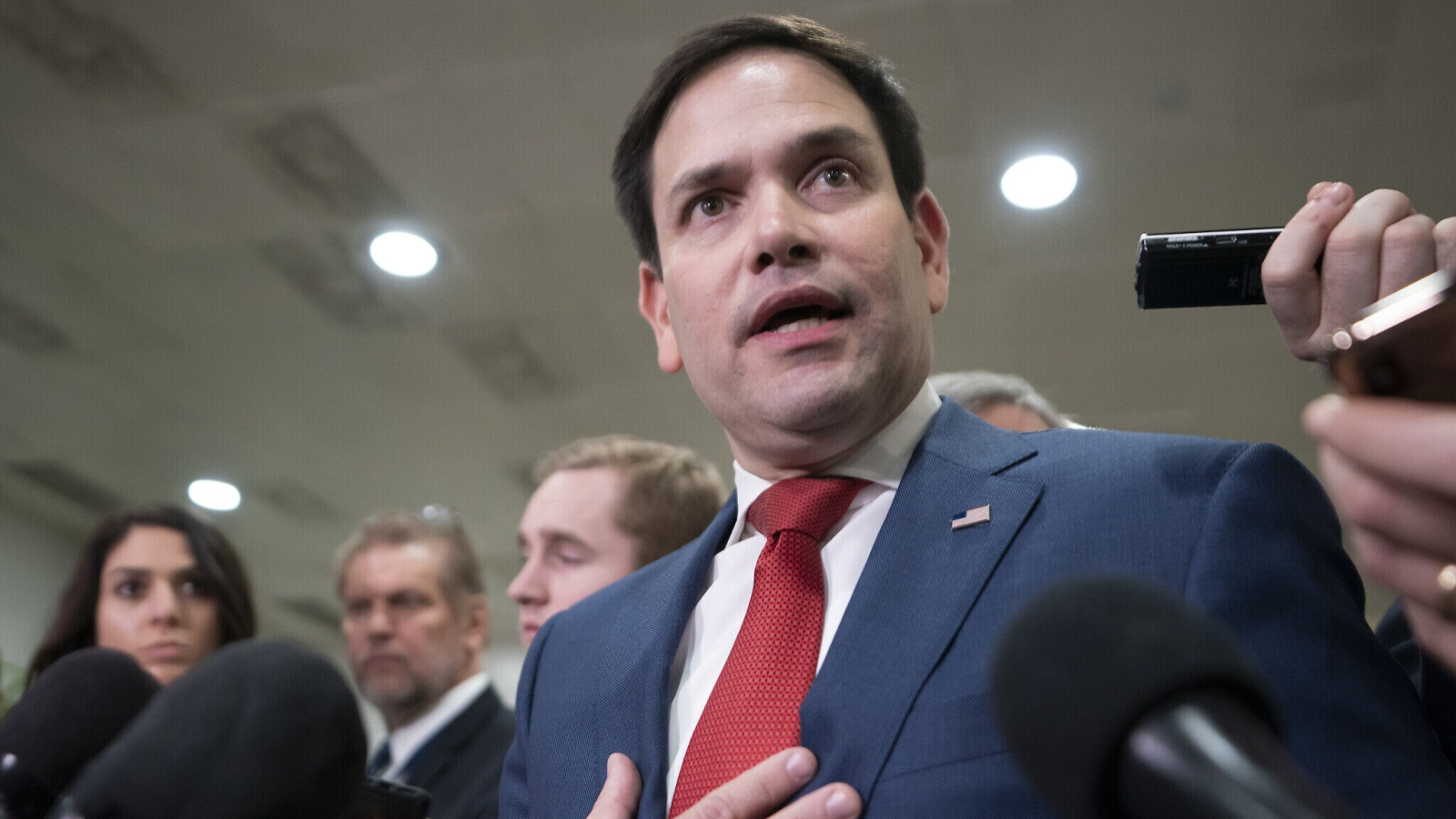The United States foreign policy toward the People’s Republic of China originated during the Cold War. At that time, the U.S. had a containment policy against communist states. The leaked Pentagon Papers indicated the efforts by the U.S. to contain China through military actions undertaken in the Vietnam War. The containment policy centered around an island chain strategy. President Richard Nixon’s China rapprochement signaled a shift in focus to gain leverage in containing the Soviet Union.
- In the ‘About’ section of this post is an overview of the issues or challenges, potential solutions, and web links. Other sections have information on relevant legislation, committees, agencies, programs in addition to information on the judiciary, nonpartisan & partisan organizations, and a wikipedia entry.
- To participate in ongoing forums, ask the post’s curators questions, and make suggestions, scroll to the ‘Discuss’ section at the bottom of each post or select the “comment” icon.
The China category has related posts on government agencies and departments and committees and their Chairs.
PBS NewsHour – 22/11/2019 (01:44:00)
https://www.youtube.com/watch?v=JovtmKFxi3c
As China has risen in prosperity, influence and military strength, what are the social, economic and political forces at play? Come along with PBS NewsHour as we travel around the globe to explore the emerging superpower and its relationship with the United States.
“China: Power and Prosperity” covers the country’s powerful leader, his signature foreign policy, U.S.-China trade and technology wars, how Chinese technology helps stifle dissent, and more. A collaboration with the Pulitzer Center on Crisis Reporting, PBS NewsHour conducted more than 70 on-camera interviews in eight Chinese cities and across eight countries.
00:00 President Xi Jinping
11:20 China’s Belt and Road initiative
22:19 US-China trade
33:45 Chinese billionaires
43:30 Big data or Big Brother?
53:41 The rise of Huawei
1:03:03 The green economy
1:11:10 Artistic renaissance
1:17:04 The state of Uighurs in China
1:32:00 Hong Kong’s Umbrella Movement
OnAir Post: China














